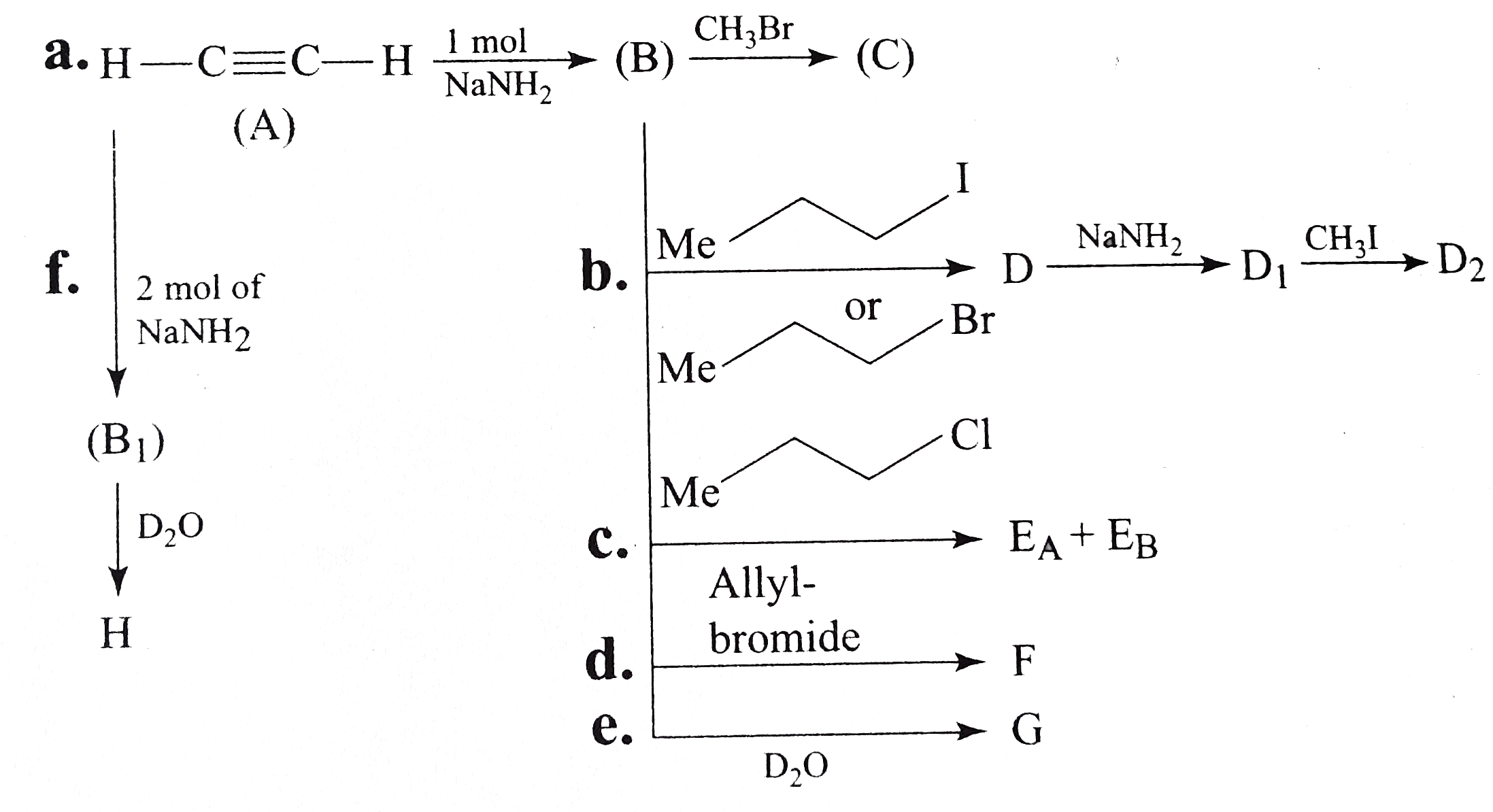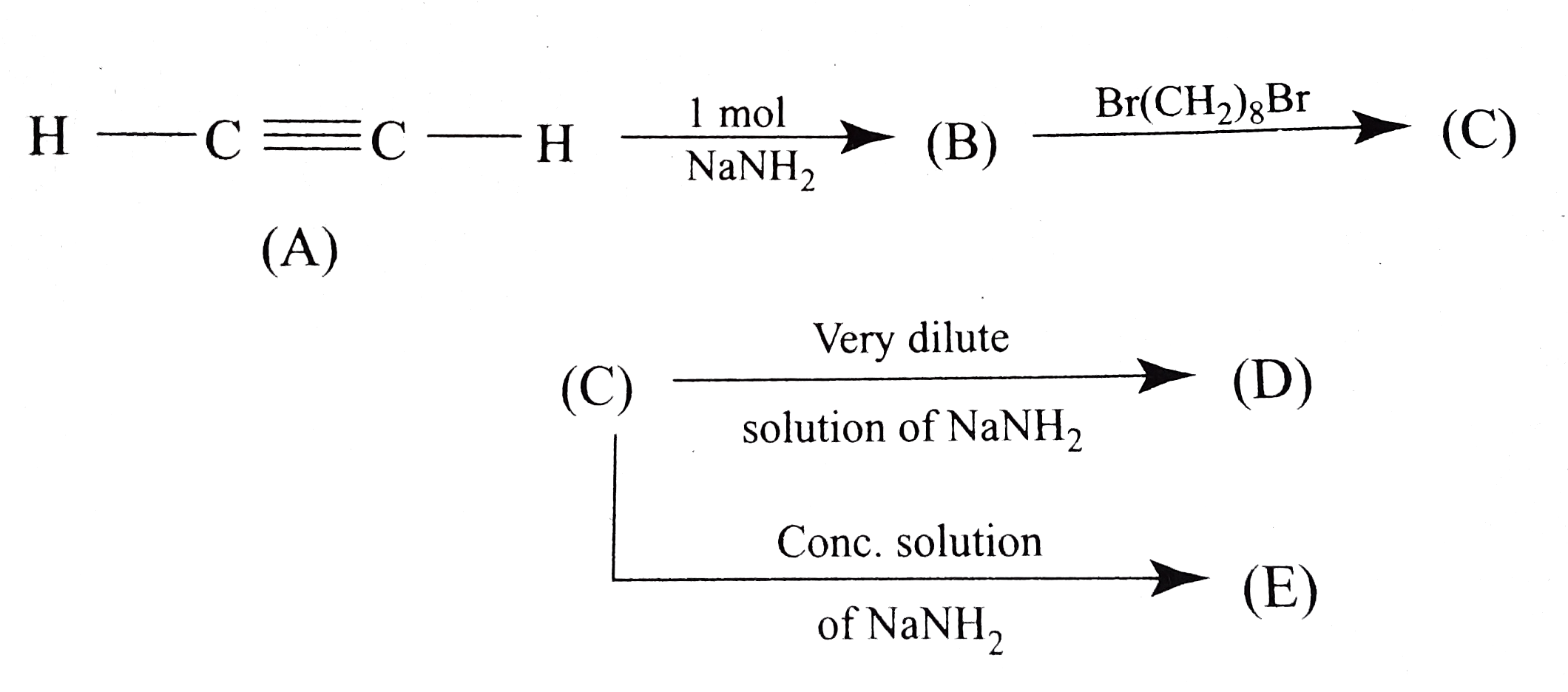If A, G and H are respectively arithmetic , geometric and harmonic means between a and b both being unequal and positive, then
A=a+b2⇒a+b=2A,G=√ab⇒ab=G2 and H=2aba+b⇒G2=AH.
From above discussion we can say that a , b are the roots of the equation x2−2Ax+G2=0
Now, quadratic equation x2−Px+Q=0 and quadratic equation a(b−c)x2+b(c−a)x+c(a−b)=0 have a root common and satisfy the relation b =2aca+c, where a, b, c are real numbers.
The value of [P] is (where [.] denotes the greatest integer function)Solution in Bengali
-2
-1
2
1
The correct Answer is:C
Step by step video, text & image solution for If A, G and H are respectively arithmetic , geometric and harmonic means between a and b both being unequal and positive, then A = (a+b)/2 rArr a + b = 2A , G = sqrtab rArr ab = G^2 and H = (2ab)/(a + b) rArr G^2 = AH. From above discussion we can say that a , b are the roots of the equation x^2 - 2A x + G^2 = 0 Now, quadratic equation x^2 - Px + Q = 0 and quadratic equation a(b-c)x^2 + b(c - a)x + c(a-b) = 0 have a root common and satisfy the relation b =(2ac)/(a+c), where a, b, c are real numbers. The value of [P] is (where [.] denotes the greatest integer function) by Maths experts to help you in doubts & scoring excellent marks in Class 11 exams.
Topper's Solved these Questions
Similar Questions
An um contains 30 tickets numbered 1 to 30 two tickets are drawn at random the probability that both the numbers are prime is
04:43View SolutionSolve the equation 4x2+9=0 by factorisation mathod .
03:20View SolutionLet A,G,H be the arithmetic, geometric and harmonic means of two positive no. a and b then A≥G≥H
03:14View SolutionIf A and G are respectively arithmetic and geometric mean between positive no. a and b ; then the quadratic equation having a,b as its roots is x2−2Ax+G2=0.
07:42View SolutionStatement-l: a and b are two numbers and A ,G,H represents Arthmetic,Geometric and Harmonic means between a and b.If A-G=(3)/(2) and G-H=(6)/(5) then the numbers are 24 and 6. Statement-II: The Arithmetic,Geometric and Harmonic means between a and b is (a+b)/(2),sqrt(ab) and (2ab)/(a+b)
04:35View SolutionComplete the following reactions: a. H−C(A)≡C−H1mol−−−−→NaNH2(B)CH3Br−−−→(C)

g. H−C≡C(A)−H1mol−−−−→NaNH2(B)Br(CH2)8Br−−−−−−−−→(C)
 04:37View Solution
04:37View SolutionIf A, g and H are respectively arithmetic ,
geometric and harmomic means between a and b
both being unequal and positive, then
A=a+b2⇒a+b=2A
G=√ab⇒G2=ab
H=2aba+b⇒G2=AH
On the basis of above information answer the following questions .
If the geometric mean and harmonic means of two number are 16 and 1245 , then the ratio of one number to the other is05:54View SolutionThe sum of AM and GM of two positive numbers is equal to the difference between the numbers the numbers are in the ratio .
02:47View SolutionIf A, g and H are respectively arithmetic ,
geometric and harmomic means between a and b
both being unequal and positive, then
A=a+b2⇒a+b=2A
G=√ab⇒G2=ab
H=2aba+b⇒G2=AH
On the basis of above information answer the following questions .
The numbers whose A.M. and G.M. are A and G is04:17View SolutionIf the bond energies of H-H, Br-Br and H-Br are 433, 192 and 364 kJ mol−1 respectively, then ΔH∘ for the reaction :
H2(g)+Br2(g)→2HBr(g) is01:13View SolutionIf A and G are respectively arithmetic and geometric mean between positive no. a and b ; then the quadratic equation having a,b as its roots is x2−2Ax+G2=0.
06:00View SolutionIf A and G are respectively arithmetic and geometric mean between positive no. a and b ; then the quadratic equation having a,b as its roots is x2−2Ax+G2=0.
04:36View Solutionदो संख्याओं a तथा b का GM व HM क्रमश: 16 व 1245 हैं, तब a:b का मान होगा -
06:32View Solutionदो धनात्मक संख्याओं a तथा b के A.M. तथा G.M. का योग, संख्याओं के अंतर के बराबर है, तब a:b का मान होगा -
13:29View SolutionIf A, G and H are respectively arithmetic , geometric and harmonic means between a and b both being unequal and positive, then
A=a+b2⇒a+b=2A,G=√ab⇒ab=G2 and H=2aba+b⇒G2=AH.
From above discussion we can say that a , b are the roots of the equation x2−2Ax+G2=0
Now, quadratic equation x2−Px+Q=0 and quadratic equation a(b−c)x2+b(c−a)x+c(a−b)=0 have a root common and satisfy the relation b =2aca+c, where a, b, c are real numbers.
The value of [2P - Q] is (where [.] denotes the greatest integer function)02:33View Solution

